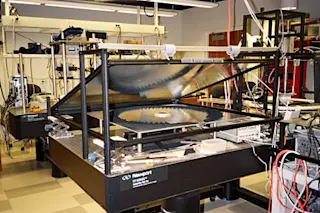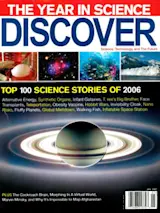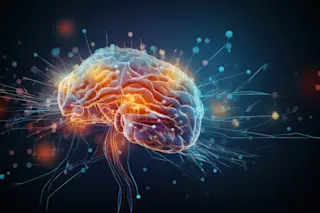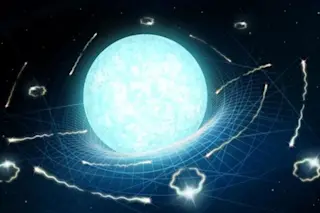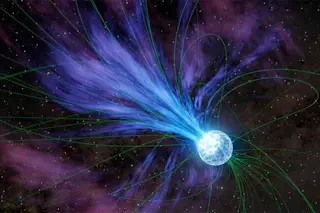16. Quantum Teleportation Leaps Toward Reality
It's not exactly "Beam me up, Scotty," but for the first time scientists have teleported information between light and atoms, hastening the long-awaited advent of ultrafast quantum computers and unbreakable encryption schemes. Quantum teleportation is the process of making a subatomic particle's physical state vanish from one place and appear in another, a little like Captain Kirk's transporter. What makes this possible is a bizarre phenomenon known as entanglement, in which a pair of particles have complementary characteristics, such as two electrons spinning in opposite directions. The irreducible uncertainty of quantum mechanics makes it impossible to predict the state of a given electron, but because the two particles are entangled, measuring the state of one automatically determines the state of the other, regardless of how far apart they are.
In order to teleport a state between light and atoms, Eugene Polzik and his colleagues ...


